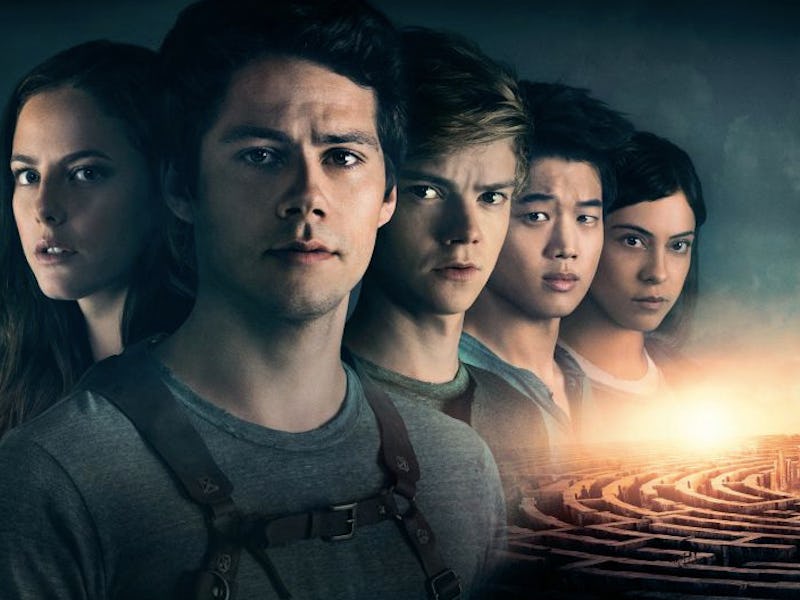Why 'Maze Runner: Death Cure' Made $22 Million at the Box Office
Teens love dystopian stories.

Film critics might be over young adult dystopias, if Maze Runner’s performance at the box office this weekend is any indication, but young adults themselves are not.
The final film in the threequel “Maze Runner” series opened at 3,787 North American locations this weekend with $22 million in ticket sales, beating out “Jumanji,” which held the top earner slot for the previous three weekends. Its opening has been delayed twice, after its star, Dylan O’Brien nearly died on the set two years ago.
The film was panned by critics as everything from “sexless derring-do in a dull YA dystopia” in The Guardian to an “assault of fire and fury guaranteed to leave your senses frayed and your brain numb” in [Rolling Stone]https://www.rollingstone.com/movies/reviews/peter-travers-maze-runner-the-death-cure-is-dystopian-yawn-w515847), as Inverse [previously reported]. On Rotten Tomatoes, “The Death Cure” is sitting uncomfortably at 44 percent on the Tomatometer.
So why does its box office performance completely seem so at odds with the critics? Well, its intended audience is, after all, “young adult”, and not the high-brow film critics of entertainment media.
So, yes, the plot of “The Death Cure” sounds like basically every other dystopian young adult movie ever made: Dylan O’Brien stars as a young man fighting for survival in some bleak future where the hellishness was specifically designed — by some Machiavellian (adult) leaders, especially fellow threequels and books-adapted-to-movies “The Hunger Games”]and “Divergent”. But that is exactly its appeal.
For teenage moviegoers in the throes of rebellion — or, at least, a period of immense questioning — stories of an ordinary teen turned into a hero against the adult machine is deeply resonant.
“The hallmark of moving from childhood to adulthood is that you start to recognize that things aren’t black and white,” Jon Ostenson, who studies young adult dystopian literature at Brigham Young University, told NPR. “Teenagers see echoes of a world that they know.”
And not in the whole the-real-world-is-burning way that pushes adult audiences away from bleak sci-fi futures. Ostenson says hat teens’ problems include the facts that, “Parents impose curfews, and no one lets them drive unless they are ready or not.”
And with that in mind, the film is doing much better than its 44% rating on Rotten Tomato would predict. In fact, as its box office showing indicates, it’s actually performing fairly well. The first of the “Maze Runner” films made $32.5 million on opening weekend in September 2014, while the second, “Maze Runner: The Scorch Trials”, opened to $30.6 million in September 2015.